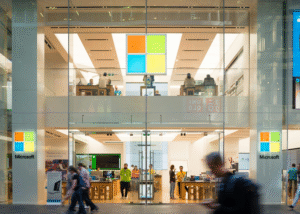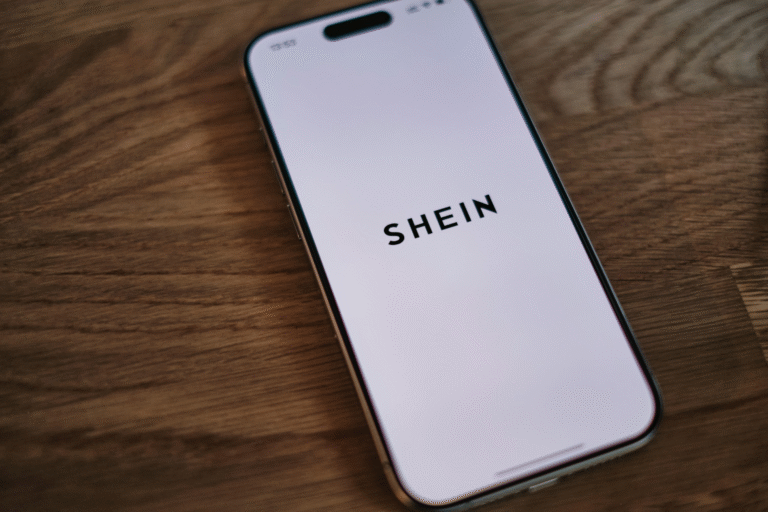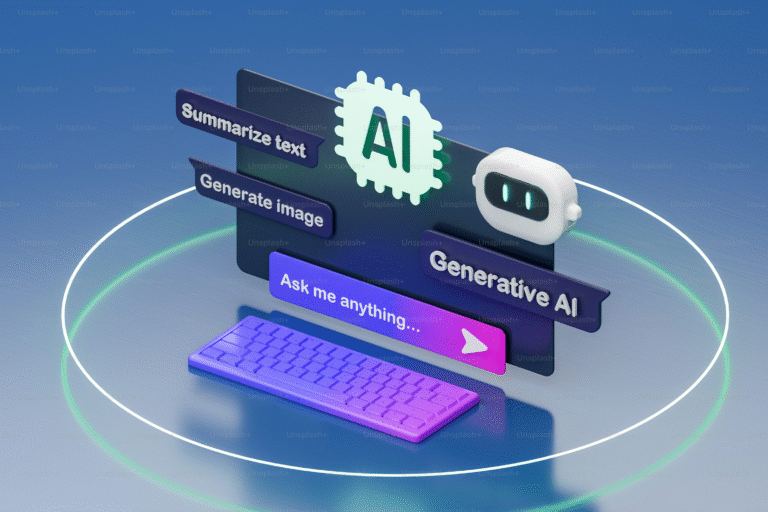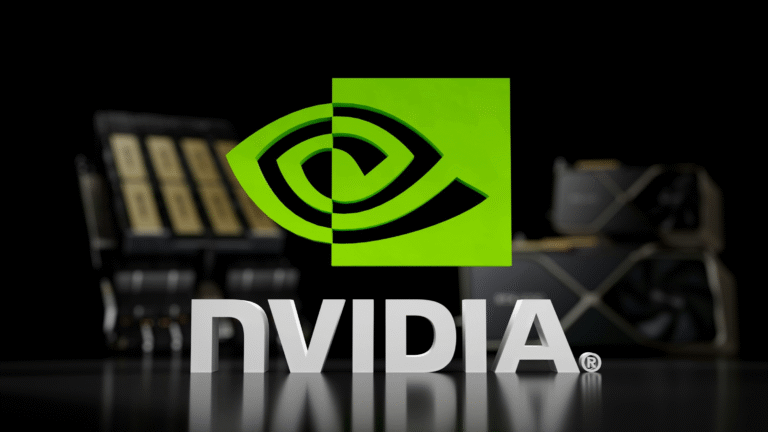Imagine driving into your local petrol station, ready to fill up, only to find that you cannot use cash anymore. Yes, some UK supermarkets are instituting a massive change that has left drivers dumbfounded. This year, several supermarket filling stations across the UK will go card-only, leaving drivers who prefer paying in cash in a difficult situation.

What’s Changing at the Petrol Stations?
Supermarket giant Asda has just announced that 82 of its UK petrol stations are about to undergo a major revolution: all of these sites will be converted to cashless-only petrol stations. This means they will only accept card payments, whether through physical cards or contactless devices such as smartphones. If you happen to not have a card or a smartphone, paying for fuel might be quite an obstacle.
The move isn’t particularly new. Last December, the chain had initiated the move when it halted the possibility of paying in cash for 14 of its filling stations. On this occasion, Asda will implement the same scheme at another 68 premises before the end of 2024.
Why Cashless?
ASDA told Channel 4 News that most people nowadays pay by card or through contactless. Over 90% of all its petrol station payments are made this way now, it has said. Takeaway: by going cashless, it is simply keeping pace with the preference of the customers.
Thirdly, the supermarket has also ensured that this shift would not at all be tagged with the loss of any individual’s job, quite to the contrary, in fact. The employees that were assigned to work at these filling stations have been moved inside the store to help customers in more novel ways.
How Are Drivers Reacting?
Not everyone, however, is pleased with this move. Some of the cab drivers feel excluded and infuriated with this move. They are worried that instead of making life easier, the removal of the option to pay cash will actually make life more difficult as not everybody regularly uses cards or contactless devices. These may be elderly citizens or people who would love living off a cash basis for tracking purposes and therefore may find this new development quite an inconvenience.
An Asda spokesperson said that one of the downsides is not being able to have the face-to-face contact one would get with a cash payment. They say some customers told them they felt they were losing a bit of personal service, and it might make life “much harder” for them.
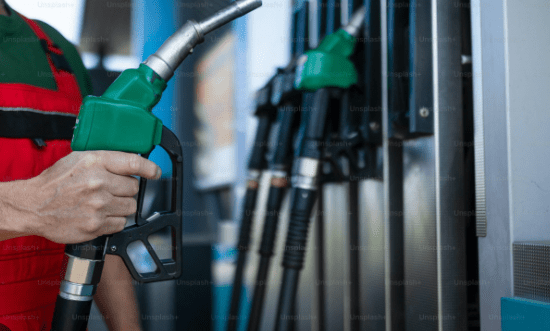
Is Cashless the Future?
So, the big question now would be: Will all petrol stations start to do likewise and not accept cash? It is difficult to say for sure, but more places each year are going to a cashless option. It’s quicker; usually more convenient, and to the businesses, it often means less hassle in handling money and the headache of having to provide change. But let’s not forget that cash still plays a big role in the lives of many people.
Where this internet connection is spotty, as it often is in rural areas, one cannot always pay by card or smartphone. Besides, many people would still want the privacy and control inherent in paying by cash. Because of these reasons, being entirely cashless just may not work everywhere.
What Does This Mean for You?
If you drive regularly and prefer to pay with cash, this development may drive a nail under your skin. However, there is a way around it. The tips below would help you in adapting to the new system:
Carry a card or contactless device: If you don’t have one, get a debit or credit card out. There’s contactless payment methods available on your smartphone, such as Apple Pay and Google Pay.
Check Before You Go: Before you make that trip to fill up your car, first check if your local petrol station still accepts cash. You may well save yourself an awkward trip looking for one that does.
Plan Ahead: If you know that during this period you will want some cash for other things, withdraw some in advance so that you will not be caught out when the need arises.
Are There Benefits to Going Cashless?
Yet, while utterly infuriating for some drivers, going cashless is not devoid of several advantages. Among them are the speeding-up and smoothing of transactions thanks to the use of cards that help to reduce waiting times. It can also be much safer because it lessens the need for large amounts of cash on the part of both drivers and filling stations, minimizing theft risks.
In addition, many people are starting to find it easier to track their spending through digital payments, which may prove useful for budgeting or controlling finances. To others who already use cards and contactless, this may not make much of a difference at all.
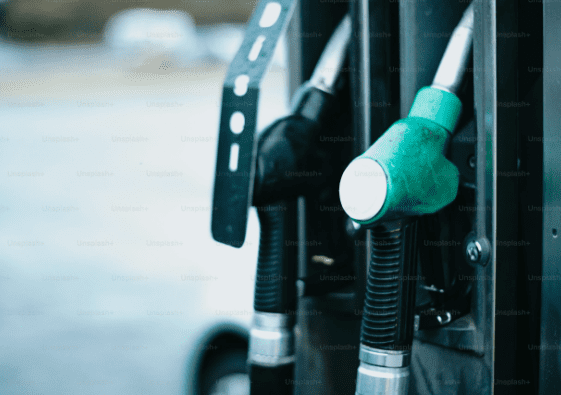
What’s Next for Petrol Stations?
Asda’s plan to complete this change is scheduled to take place by the end of 2024, but it certainly does not hold any monopoly on such thoughts. Other petrol stations might be keenly awaiting to see how it turns out for Asda. Of course, if it proves successful, we might see more following suit.
But it’s equally likely that some would still want to please all customers, especially those who would still prefer or need to use cash, by continuing to offer cash payments at their stations.




